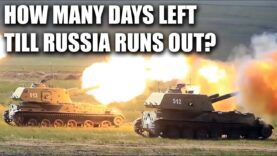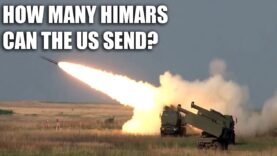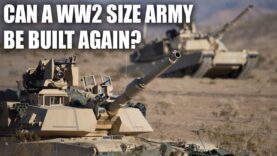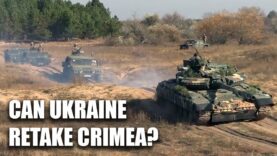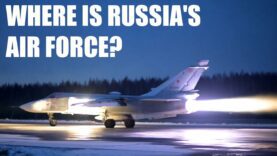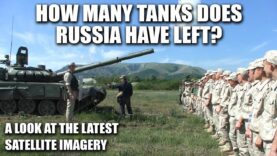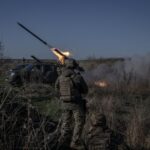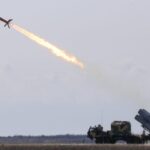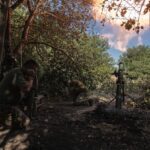How Many BCTs can the US Army Form for a Large Scale War?
How Many BCTs can the US Army Form for a Large Scale War?
Video Summary
First, I focused on the brigade combat team (BCT), a key component of the US Army’s ground forces. A BCT typically consists of a mix of infantry, armor, artillery, and logistics units. The US Army has 60 BCTs, with 17 armored, 9 Striker, and 34 infantry units.
Assessing the US Army’s ability to quickly assemble a force for a modern-day world war, I analyzed the number of vehicles and personnel required. I considered two types of trucks and six main combat vehicles, including tanks, artillery, and armor. The average infantry BCT requires around 100 Humvees, as well as artillery and logistical support. An armored BCT, on the other hand, requires 84 Abrams tanks, 105 Bradley vehicles, and more.
There are caveats to my estimates, though. The numbers don’t account for smaller weapons, gear, training, and trained personnel. The US Army Reserve, which numbers around 190,000, would need to be mobilized, but this would take time. Additionally, the US would need to account for the loss of equipment, personnel, and supplies in combat, as well as the time it takes to produce and repair new equipment.
Another issue is the complexity of modern military hardware, which makes it challenging to ramp up production quickly. A 1993 paper estimated it would take four years to surge production to 120 tanks per month, and six years to restart production at a close plant. The US would likely run out of tanks long before then.
The thought of a nuclear war during a modern-day world war is unsettling, but it’s a possibility. The legacy of Japan’s surrender in World War II serves as a reminder that, ultimately, the threat of mutually assured destruction might be the only deterrent to prevent such a catastrophe.
Ultimately, a modern-day world war would be a complex and daunting challenge for any country. While the US has the capability to assemble a significant force, the realities of modern warfare make it difficult to quickly ramp up production, train personnel, and replace losses. The world’s best hope is that such a scenario remains a distant possibility.



